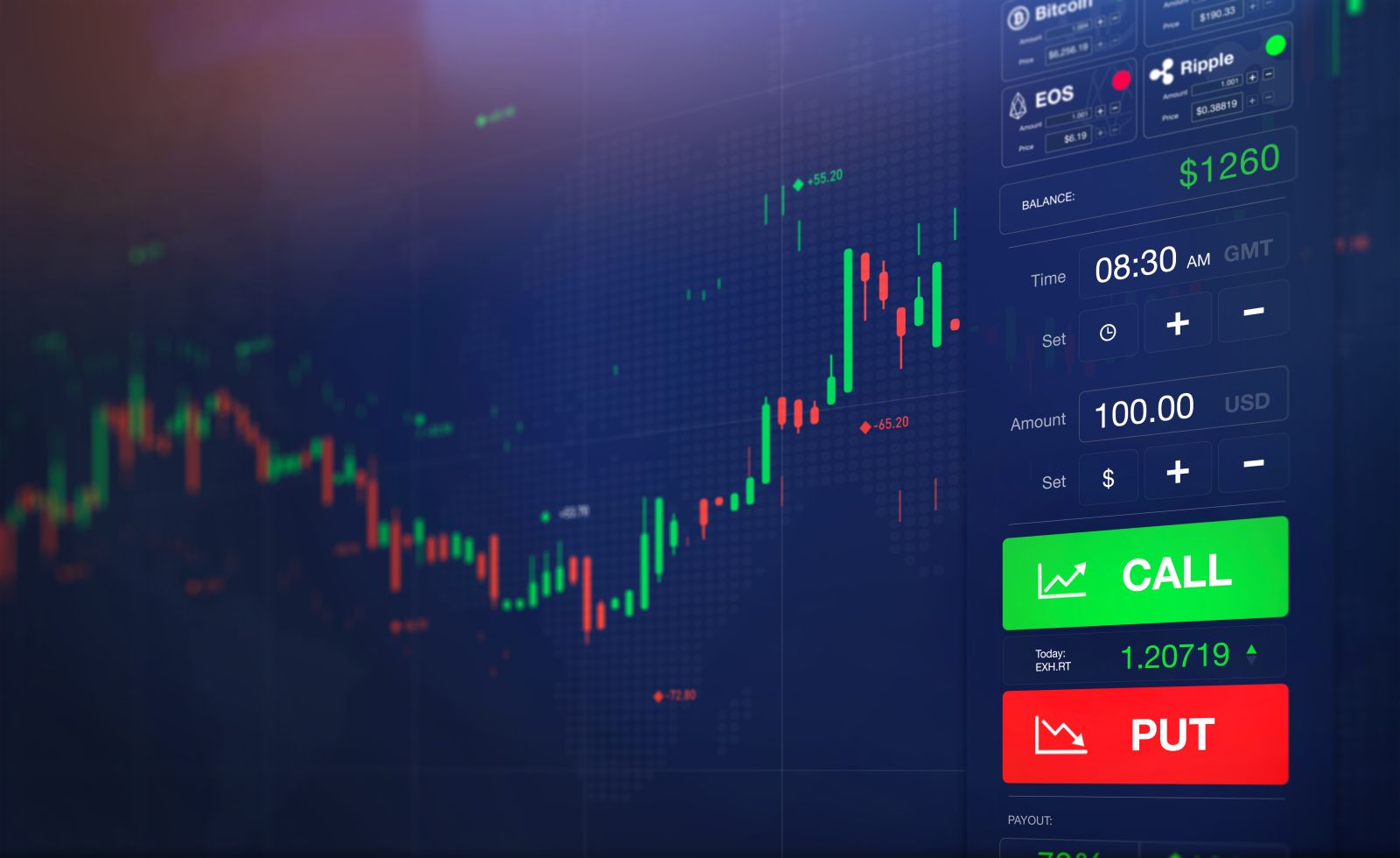This One Chart Can Make or Break Your Iron Condor

An iron condor (or more accurately said, a short iron condor) is a directionally neural options strategy that combines a bear call and bull put spread to generate a net credit. Traders like iron condors because they profit from a certain amount of upward and downward price movement. As a result, the trade is directionally neutral and works well in both bullish and bearish markets.
The goal for an iron condor is for the underlying security to trade between the short strikes through expiration. If that happens, the trade hits its maximum profit. If the underlying moves above the short call, or below the short put, profit starts to erode, until such time the underlying crosses above the long call strike, or below the long put strike - and at that point, the trade hits hits maximum loss.
That said, a trade’s maximum loss doesn’t need to be scary. Sometimes we just need a little visual representation to get a better feel of what we’re getting ourselves in to. With Barchart’s new P&L charts for options trades, we can now visualise profit and loss points, and various other data points to help us decide of the trade is right for us.
Microsoft Iron Condor (MSFT)
Let’s take Microsoft, for example. Today, the stock trades at $360.01. If we look at the list of “Short Iron Condors” expiring in 39 days, we can see there’s a fair bit of trades that balance risk and reward.
Today, I’ll break down the following highlighted trade:
As you can see, this trade suggests the 275/300 strike puts for the bull put spread, and the 400/425 calls for the bear call spread.
The premium on the trade is $336 per contract, and the maximum loss is $ 2,164 per contract. However, the chances of incurring a loss (of even one cent) are low at 20.7%.
For this iron condor to hit it’s maximum profit condition, the stock has to end somewhere in the sweet spot - that’s between $300 and $400 by expiration. If the stock trades below $300 or above $400 at expiration, the trade will start to incur losses. Maximum losses occur if Microsoft’s stock trade below $275 or above $425 at expiration.
To access Barchart’s P&L graphs, click the icon beside the (DTE) listed on each trade.
Profit/Loss Tab
The Profit/Loss tab tells us the trade setup, breakeven prices (and how far the stock has to move), along with the P&L points, Risk/Reward, and probability of loss.
Using Expected Move To Your Advantage
For an iron condor, my favorite tab is the “Expected Move” tab as it gives me a good idea of where the stock might end at expiration. The expected move is calculated by taking the value of the at-the-money straddle, and multiplying it by 85%. Then that amount is added too, and subtracted from the the price of the stock. This gets us our rage.
In this case, Microsoft stock’s expective move is between $333.14 and $389.09 on May 30, 2025. Considering the short put strike is $300 and the short call is $400, traders have room for the stock to move lower or higher than the expected move, while still collecting a profit.
*Pro tip: Expected move also exists on the stock’s profile page on the left hand menu under the “Options” section.
Trend Tab
We also have the Trend tab, which displays the expected direction of the stock over the short, medium, and long term.
These visual represent Barchart’s opinion strength readings for each study, and the actual moving average prices are shown below the arrows.
In this case, the arrow’s direction reflects how far Microsoft stock is from the moving average compared to the difference over the past year. “Strong” or “Maximum” suggests that the stock price is far from the average and the trend is likely to continue in the near term.
The 52 Week Low and 52 Week High readings may also provide traders with an additional point of view.
Final Thoughts About Using Barchart’s P&L Charts
Barchart’s P&L charts give you easy access to data you already have, but all in one place with easy-to-understand visuals. Don’t like a particular trade? Click the “Next” and “Previous” buttons to move to other potential iron condor trades. Also, don’t hesitate to change the expiration date, or set a value for one of the legs to get even more personalized results.
On the date of publication, Rick Orford did not have (either directly or indirectly) positions in any of the securities mentioned in this article. All information and data in this article is solely for informational purposes. For more information please view the Barchart Disclosure Policy here.